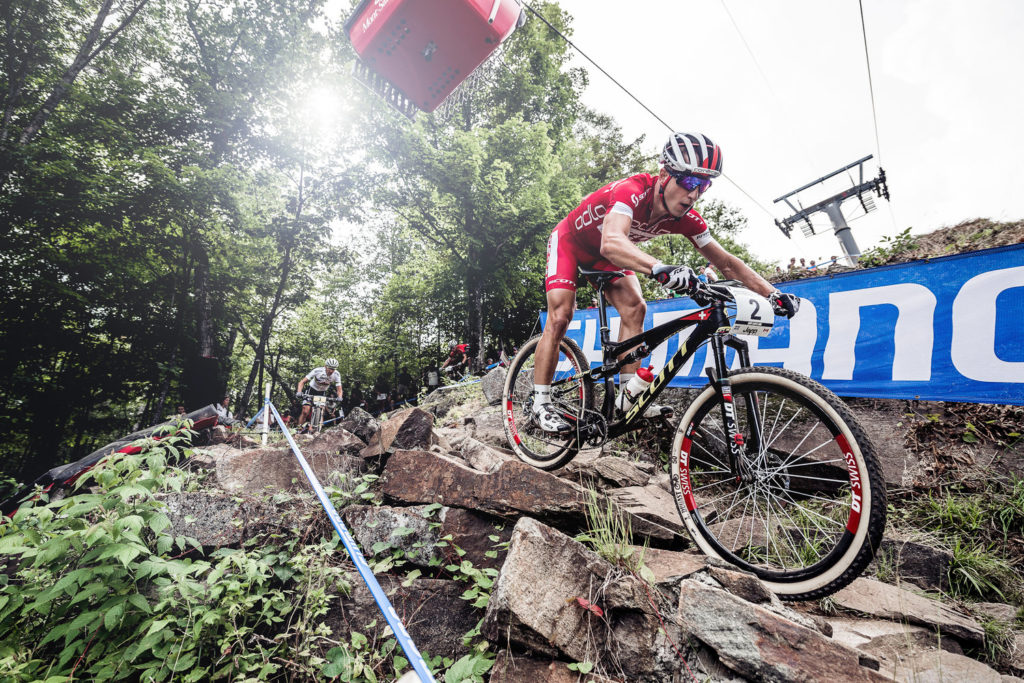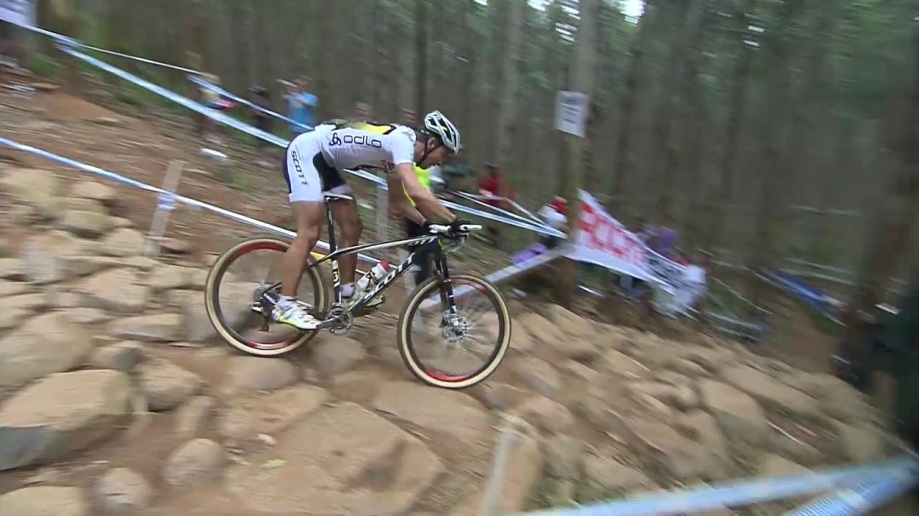
As we rolled into the carpark and struggled to find an empty space, the first realisation hit me; we were only a few kilometres from where we’d set out, yet here we were having to battle to park a motor vehicle among many others to ride trails that were joined to our place of departure by a network of––wait for it… trails. Why do so many of us drive our cars to ride our bikes?
Necessity is probably the logical answer. Maybe you have some younger riders in tow who can’t put in a four hour day on the bike, or you live just that bit too far away from the particular trail head; there are any number of legitimate reasons, and that’s just fine. Speaking for myself, I know I’ve driven to ride on many occasions when I could’ve as easily taken another twenty minutes to ride there (and had a good warm-up in the process). Sometimes the notion of convenience, ie driving, is actually a lot more tiresome than just riding out the door. I’ve discovered I’ve forgotten shoes, glasses, gloves, even my thru-axle when arriving at the trails, and there’s nothing convenient about that. You will never forget your thru-axle if you ride from home. Hopefully.
We jump out of the car and start the ritual of getting kitted up and of course there’s a panic that something has been left behind. Once that’s proven to be not the case, bikes are unloaded and we’re almost ready to roll. I throw a leg over my bike while simultaneously pushing the dropper post lever and pushing down on the saddle. Nothing. I give the lever a few more stabs and the saddle a few more pushes, but there’s no budging. Panic sets in. My first thought is that’s it, no ride for me today. How could I possibly go mountain biking with a saddle height that is in no way adjustable? (No quick release on the seatpost either, and even with one it’d only drop a few centimetres anyway.) My comrades are almost as perplexed as I am, but then we come to our senses and realise that the bike is actually still rideable.
The reliance that most of us now have on the dropper post is a double edged sword. There’s no doubt that they make riding a lot more fun, safer, faster, better. But when I started this gig almost 30 years ago, we never gave much thought, if any, to lowering our posts for descents. Now the thought of riding anything even remotely technical, or downhill, without one produces cold sweats of anxiety. I’ve long been an advocate for XC racers to run droppers, as the sight of them riding rock gardens and technical drops with their chests on their saddles and the rear wheel buzzing their chamois makes me wonder why the hell they wouldn’t make life easier, safer and definitely faster. (The reason being weight of course, which is a shit reason if you ask me.) But it also earns massive respect for their skills––and stubbornness––to be able to descend as well as they do, despite their chosen disadvantage.
So I made it through the ride unscathed, we descended the same tracks we normally would, and I didn’t crash. But I was definitely slower, more cautious, and didn’t have anywhere near as much fun. But I still had fun. The reliance that we develop on certain aspects of riding a bike became more apparent, and the fact that a dropper post is one of the best bits of kit ever was reinforced. Should the reliability of any of our bike’s parts let us down, then we need to understand how much reliance we put on a conglomeration of tubing, hoses, cables, and bits of rubber, plastic and metal to provide us with an afternoon of endorphin release.
Whoever said “it’s not about the bike” was way off, and should be only riding a rigid singlespeed with no seatpost QR and keep their mouth shut. I’ve fixed my dropper, refilled my tubeless tyres and tuned my suspension thanks very much, and I’m going to enjoy my next ride even more.



Leave a Reply